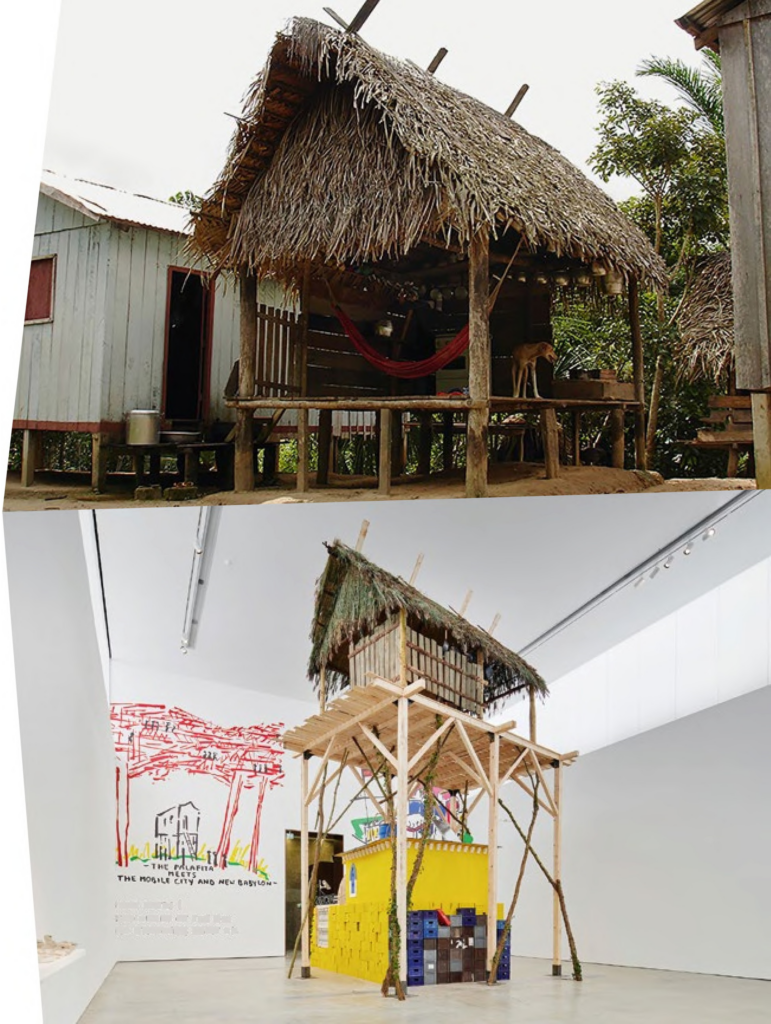She was born in 1953 in the Slovenian capital, Ljubljana, where she lives and works
Acre Palafita with Infrastructure
2024
Marjetica Potrč is an artist and architect whose participatory and inter- disciplinary practice takes the form of architectural case studies, public artworks, diagrammatic drawings, and visual essays. Born before the breakup of the Socialist Federal Republic of Yugoslavia, Potrč completed degrees in architecture and sculpture at the University of Ljubljana amid a tumultuous period of political and economic crisis in the 1970s and 1980s. After spending four years in the United States, she returned to a newly independent Slovenia in 1994. Her socially inflected works have been exhibited in major international exhibitions, including the Venice Biennale (1993, 2003, and 2009), the Bienal de São Paulo (1996 and 2006), and Skulptur: Projekte Münster 1997.
Potrč’s practice is a long-term engagement with global conditions of living and coexisting together and issues of sustainability. It is rooted in extensive collaboration with communities that are constantly reinventing themselves and their built environments. Her architectural case studies—large-scale installations of vernacular architectural typologies presented in gallery spaces—have become well-known aspects of her work. These “theatrical objects,” as the artist calls them, are reconstructions of real-world dwellings and infrastructure, which highlight the architectural practices of their specific localities and how these respond to the changing environmental, social, economic, and political contexts of their respective inhabitants. In case studies ranging from rooftop houses in her native Balkan region and rural dwellings in Yinchuan, China, to homes and water meters in the Soweto township of Cape Town, South Africa, and informal city houses in Caracas, Venezuela, Potrč always includes a photograph of the original architectural source, reshaping the gallery space into a nexus of historic and geographic exchange.
The installation shows a traditional Amazonian palafita—a wall-less house on stilts—that has been equipped with solar panels and a satellite dish. An architectural case study from the Brazilian state of Acre, it references the collaboration between the state government, which provided the infrastructure equipment, and the people who live on Acre’s self-managed sustainable extraction reserves, which are themselves a successful example of degrowth economics. The roofed, open structure is a typical form of shelter in Amazonia that existed long before colonial architecture introduced walls. Solar panels and satellite dishes are contemporary tools for renewable energy and global communication, which make sense in places where there is no connection to a modern power grid. Acre Palafita with Infrastructure combines a premodern age of houses without walls (a symbol of the open society) with an ecologically responsible management of forest resources that respects the interdependent relationship between humans and nature—the existential challenge of the 21st century.
Also on view is the mural work The Time of Humans on the Soča River (2021/2024). The drawing is dedicated to two generations of caretakers of the Soča River in Slovenia: the followers of natural religion, still active in the Soča River in the 1970s, and today’s environmentalists, who join hands with nature for the common good. The central image is a red pomegranate, the fruit of the Garden of Eden, with a river running through it, which forms a tree. Borrowing imagery from Slovenian folk art, the work combines two ritualistic celebrations, the Spring Carnival (above) and the Dance of Death (below).



